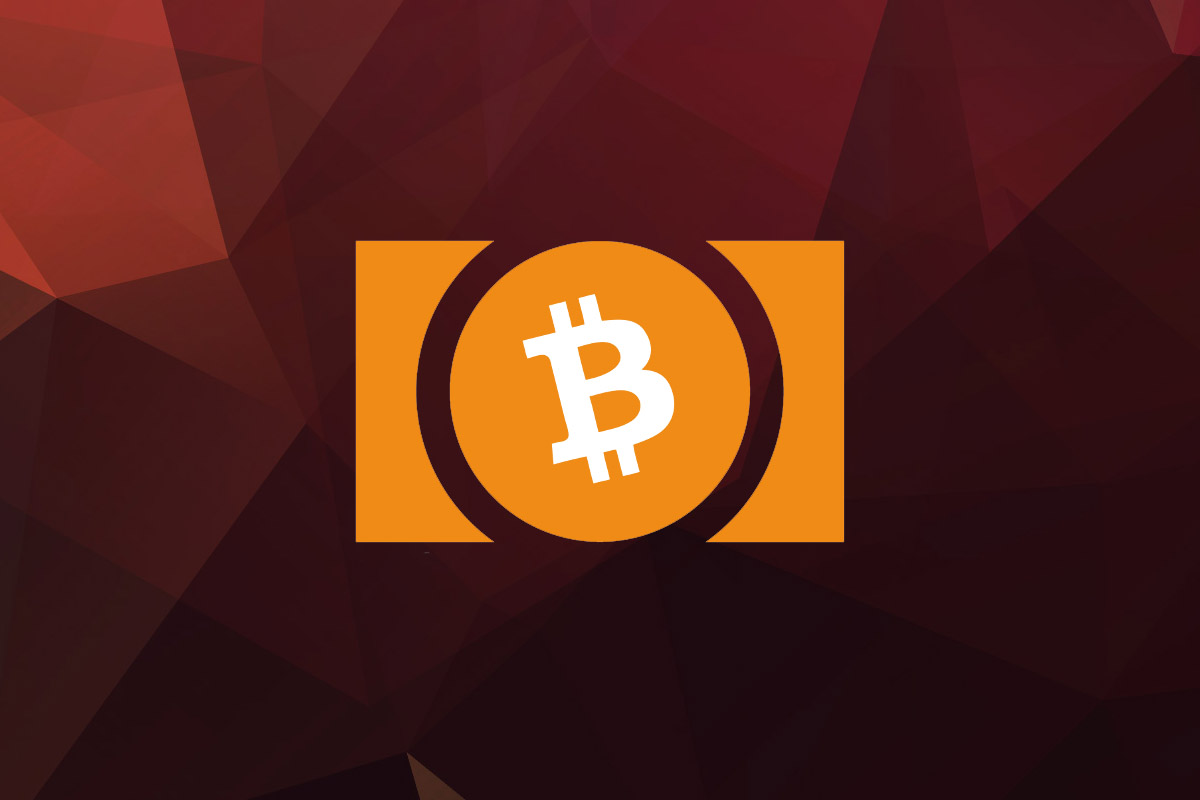Top Five Crypto Red Flags on Social Media
Some scams are easy to see, but others might look like a worthwhile investment opportunity. Here are some crypto red flags to look out for.

Many new investors reaching into cryptocurrency markets for the first time are confused by the presence of Bitcoin Cash; a similarly-named competitor that is Bitcoin’s most recognizable progeny.
Considering that Bitcoin Cash’s price is far lower than that of Bitcoin – often retailing around the $1,000 USD mark – many investors might well be excited by the possibility of buying into the cryptocurrency for far less than expected.
However, it is important to note that Bitcoin and Bitcoin Cash – while similar – are greatly different in execution and share differing ideologies, and the split that resulted in both cryptocurrencies as we know them today touches on some of the most controversial and emotive issues in blockchain development.
Bitcoin, of course, was founded in 2008 by the anonymous author dubbed Satoshi Nakamoto. Bitcoin is the first example of a peer to peer money and is not controlled by any central authority; rather, transactions issued in Bitcoin are verified and recorded in a public distributed ledger that is called a blockchain.
Blockchain technology ensures that financial transactions are recorded and then broadcasted for all recipients to see. Rather than have a trusted middleman authenticate transactions, blockchain technology relies on cryptography (the art of writing or solving codes) to secure ‘blocks’ of transaction data and tether such datasets together akin to a ‘chain’.
The role of authenticating transaction blocks are performed by individuals or groups termed ‘Bitcoin miners’, who leverage complex computer systems with special software to verify blocks of transactions. Through these computers, miners applying a complex mathematical formula to information present in each block that generates a shorter sequence of letters that is referred to as a ‘hash’. This, in essence, a seal of verification that is applied to blocks of transactions at a specific time.
A hash is composed of information contained within the block as well as the hash of the previous block in the chain. Should one element of the block be tampered with, an altogether different hash would be produced – altering not only the block itself, but any subsequent blocks in the chain. This means that any attempt to alter the blockchain is rendered easily visible and extremely expensive to fake.
Through miners, the Bitcoin network is capable of processing a maximum of seven transactions per second. While this is an amazing achievement given the novelty of blockchain technology, it sets up an early problem: as companies like Visa or Mastercard can process some 1700 transactions per second, developers need to find a method to ‘scale’ Bitcoin to ensure it can be used as a means of transaction by participants all over the world. Fundamentally, this is a major key in ensuring that Bitcoin can fulfill its vision as a worldwide peer-to-peer payment network.
Over time, two different ideologies have emerged detailing how Bitcoin should scale. Some parties have outlined their belief that Bitcoin should use a third-party system or network to speed up the process of transactions (and in some cases, do this by reducing the number of transactions that have to be recorded on to the blockchain). While this has the benefit of relying on a third party or a ‘second layer’ atop a blockchain to achieve this functionality, it comes at the caveat of distancing Bitcoin from Satoshi Nakamoto’s original vision.
The second ideology represents the viewpoint that no ‘second layer’ is necessary, and elaborates that the size of ‘blocks’ in a blockchain should be increased to ‘pack in’ more transactions at a time. This obviates the need for a third party solution to become involved, but keeps Bitcoin as Satoshi Nakamoto envisioned it – with no third party or ‘second layer’ involved.
In time, these frictions came to a head in the Bitcoin community, and Bitcoin underwent what is called a ‘hard fork’ – when irreconcilable differences and plans laid out in code and development dictate that a blockchain must split in two to suffice the whims of developers.

From that point, Bitcoin itself has seen developers work with newer projects and second layer solutions to speed up the amount of time that it takes for a transaction to clear. We typically refer to this network as Bitcoin, Bitcoin Core, or BTC.
Bitcoin has proceeded to use a newer technology that is called Segregated Witness, or SegWit – which essentially re-packages information stored in a blockchain to ultimately accommodate more transaction data. This is achieved by re-ordering ‘witness’ (verification) data to the end of a block, hence giving the technology its name.
A further planned expansion, called SegWit2x – which would compound SegWit by doubling Bitcoin’s basic blocksize – was ultimately called off last year due to community tensions.
While SegWit might well work, it – and other solutions – might come at the cost of iterating upon Satoshi Nakamoto’s original vision.
Bitcoin Cash was created as the result of developers who wished to expand block sizes, and to this day continues to trade as either Bitcoin Cash, BCash, or BCH. A key difference with Bitcoin Cash is that it features an adjustable level of difficulty to ensure that block verifications remain at a constant speed despite increasing or decreasing numbers of miners verifying transactions. While this is also a viable solution, it has raised concerns that Bitcoin Cash may not be as secure as its forebear.
Proponents cite that Bitcoin Cash’s 8-megabyte block size solves the scaling problem that Bitcoin’s SegWit2x hard fork was intended to fix (with potentially messy consequences), which critics have laid down their belief that Bitcoin Cash is yet another altcoin that has been the victim of pump-and-dump tactics and is lead by a ‘centralized’ group of mining pools.
Conversely, other altcoins, such as Bitcoin Classic, have shut down with the view to support Bitcoin Cash has added fuel to the fire.
While Bitcoin Core has retained its dominance, it will be up to developers and the wider cryptocurrency community to find an effective way to scale the cryptocurrency to the point that it can be used by millions of people. While Bitcoin Cash offers an effective and easy way to solve this problem, it faces the conundrum of establishing mainstream support and creating a market capacity that can overtake that of Bitcoin Core.
While both cryptocurrencies offer a unique and exciting investment option for interested parties, it is important to note that Bitcoin and Bitcoin Cash are mutually exclusive of one another and, essentially, do not represent the same end product.
The challenge of scaling the Bitcoin network to (potentially) millions of users has brought with it several interesting concepts. While some projects – such as Bitcoin Cash – have sought to expand the amount of information stored within an individual ‘block’ on the Bitcoin network, others have sought to develop new networks that can act ‘on top’ of Bitcoin’s blockchain and avoid directly interfering with the technology pioneered by Satoshi Nakamoto.

The Lightning Network is one such idea, and has rapidly gained prevalence as the solution that could expand Bitcoin to millions of consumers, merchants, and institutions.
While Bitcoin works by broadcasting all transactions on its publicly distributed ledger, the central idea behind the Lightning Network is that not all money issued on digital transactions necessarily need to be broadcast – and by broadcasting fewer transactions, the Bitcoin blockchain is essentially ‘freed up’ wherein processing seven transactions per second can feasibly serve greater amounts of people.
Essentially, this would see the Bitcoin blockchain move to handle ‘macro’ transactions (large scale, conclusive transfers), with the Lightning Network would instead cater for ‘micro’ transactions.
Micro-transactions are created on the Lightning Network by way of ‘channels’ – direct lines of transfer between two parties. Each transacting party would place a deposit of Bitcoin to open a channel, and could feasibly transact in denominations of Bitcoin – for example, a user could open a channel with their favorite coffee shop, and pay in Bitcoin through that channel for each cup of coffee. Once the channel has been expended – or the agreement behind its creation fulfilled – all microtransactions in one channel in the Lightning Network are written to the Bitcoin blockchain as a macro-transaction.
Through the Lightning Network, experts and researchers estimate that parties transacting in Bitcoin would add just two transactions a year to the Bitcoin blockchain – slashing present fees to just a few millionths of a cent.
The Lightning Network offers some interesting solutions that are presently beyond the scope of the Bitcoin network – for example, users establishing channels on the Lightning Network can create smart contracts (agreements that conclude once completed) and can even ‘stream’ money.
By using a smart contract, a passenger in a taxi cab could effectively create a smart contract that pays a taxi driver a set amount of money per kilometer or mile, rather than paying a predetermined amount at the inception or conclusion of a journey.
While Bitcoin’s Lightning Network is yet far from perfect – opponents have cited concerns that entities could simply create numerous ‘nodes’ from which to operate the network and effectively ‘centralize’ it – the technology might be the key in maintaining Bitcoin’s early dominance over wider cryptocurrency markets.
In time, and should users, merchants, and institutions decide to adopt it, Bitcoin’s Lightning Network could effectively become a new standard in global transaction – harnessing both the incredible potential of Bitcoin and blockchain technology, and the speedy efficiency of fiat currency when used at scale.
The ideological battle that determined both projects will likely continue into the future, and whichever cryptocurrency becomes the default for trading, investment, and acceptance will likely be referred to as the real ‘Bitcoin’ in years to come and trade with the ticker ‘BTC’.
Some scams are easy to see, but others might look like a worthwhile investment opportunity. Here are some crypto red flags to look out for.
Find out the countries where you'll pay the most tax if you're trading, holding, buying or selling cryptocurrencies.
Advancements in artificial intelligence and communication technologies make it difficult to discern what's real and what's a scam.
After Kate Middleton's alleged data incident and possible internal attack at the London Clinic, there's a clear need for security in cyber...